The Nile River is one of the most famous and historic rivers in the world. It has been the lifeblood of Egypt for thousands of years, providing water, food, and transportation to the people who call it home. The Nile is also the longest river in the world, stretching over 4,000 miles from its source in East Africa to the Mediterranean Sea. Exploring the Nile River is a journey of discovery and a chance to witness the origin of life in the desert.
The Nile River begins in the highlands of East Africa, where it is fed by several tributaries. The most famous of these tributaries is the White Nile, which originates in Lake Victoria. The Blue Nile, another important tributary, originates in Ethiopia and merges with the White Nile in Sudan. The river then flows through Sudan and into Egypt, where it eventually empties into the Mediterranean Sea.
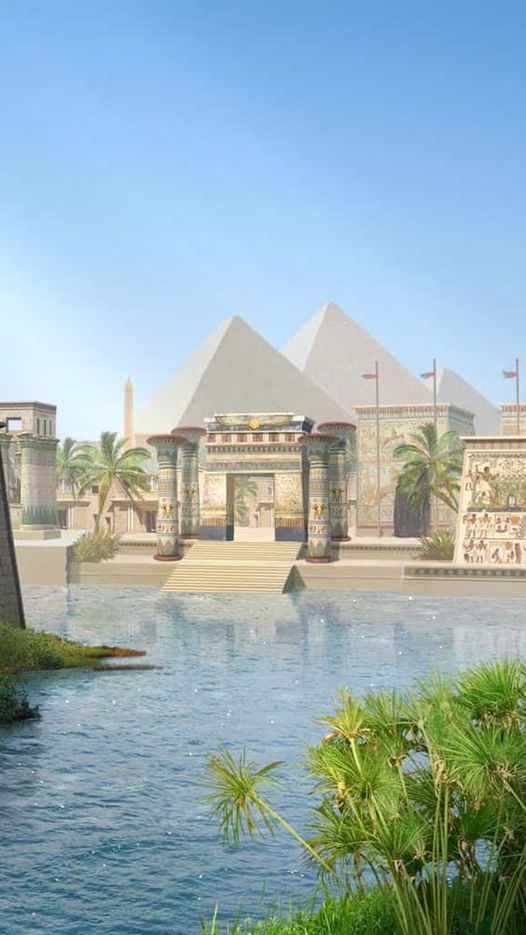
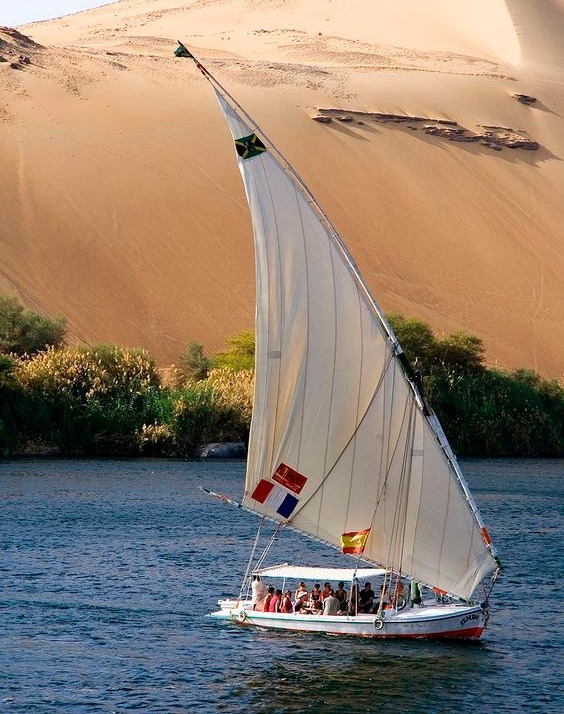
One of the best ways to explore the Nile River is by taking a Nile River cruise. These cruises offer a unique perspective on the river, as you can see the landscape change as you travel down the river. Most cruises begin in Luxor, a city in southern Egypt, and end in Aswan, a city in the south.
Luxor is home to many ancient temples and ruins, including the Karnak Temple Complex and the Luxor Temple. These temples are a testament to the ancient Egyptian civilization and their devotion to the Nile River. The Nile was not only a source of water and food but was also considered a sacred river. The temples were built to honor the gods and goddesses associated with the Nile River.
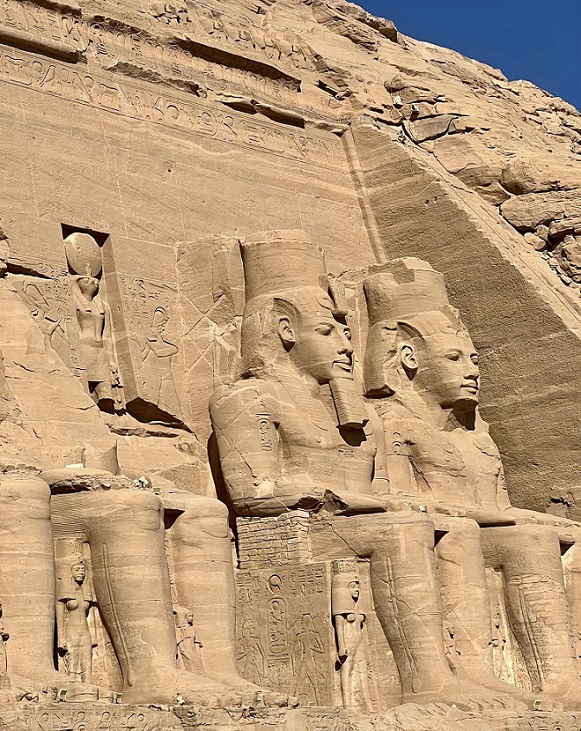
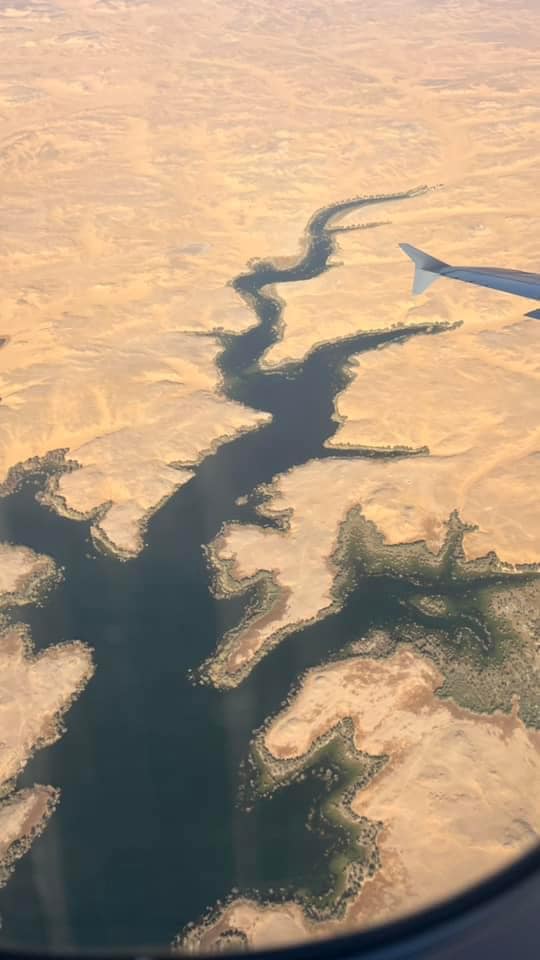
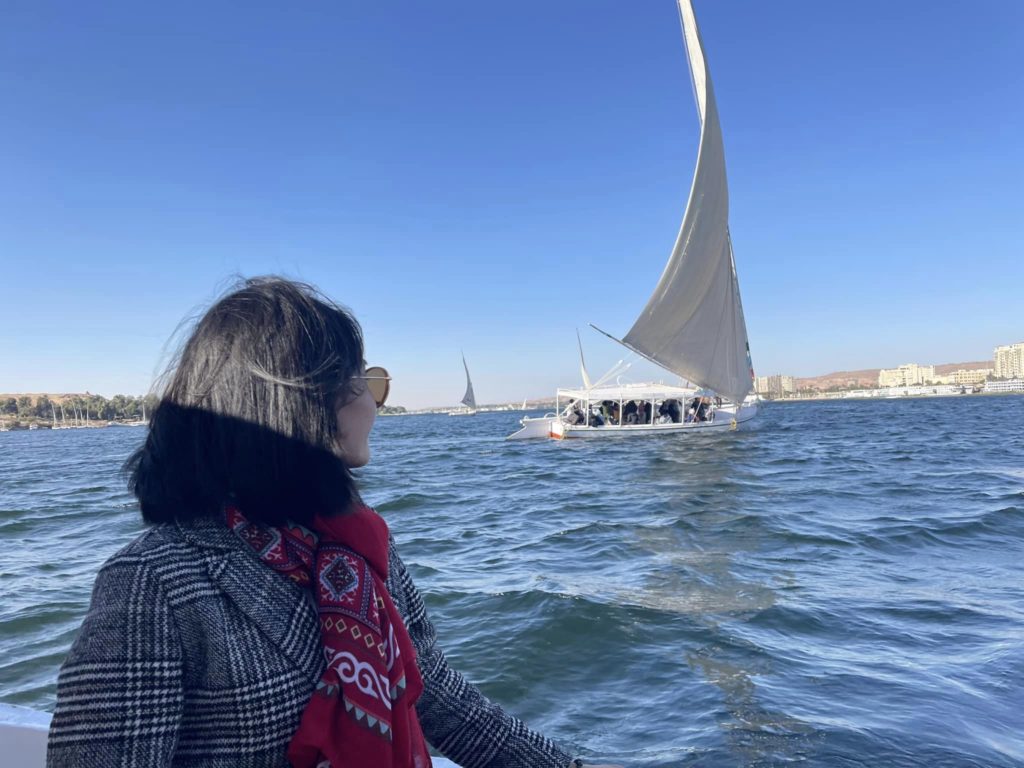
As you travel down the Nile River, you will pass through the Nile Valley. The Nile Valley is a lush and fertile region that is home to many small villages and towns. The people who live in the Nile Valley are dependent on the river for their livelihoods. They grow crops such as wheat, barley, and cotton, and also raise livestock such as goats and sheep. The Nile River provides them with water for irrigation and transportation.
As you approach Aswan, you will see the Aswan High Dam. The Aswan High Dam was built in the 1960s to control the flow of the Nile River and provide hydroelectric power to Egypt. The dam has had a significant impact on the Nile River and the people who live along its banks. It has created a large reservoir, Lake Nasser, which has flooded many ancient temples and monuments. However, it has also provided Egypt with a stable source of electricity and has allowed for the expansion of agriculture in the region.
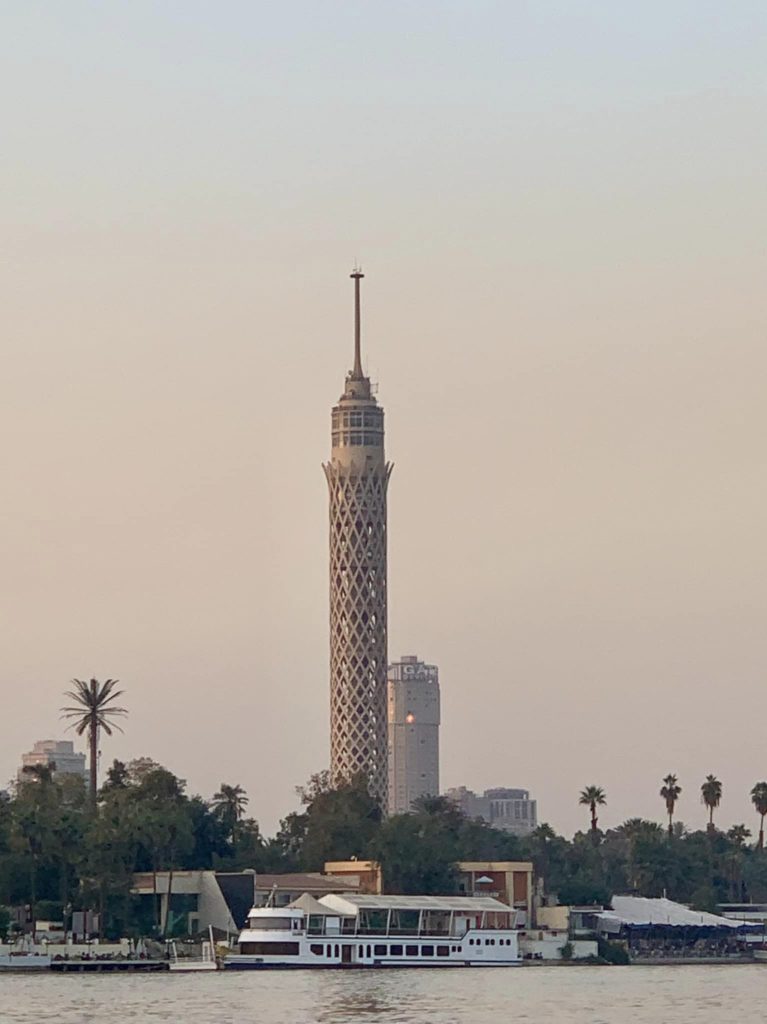
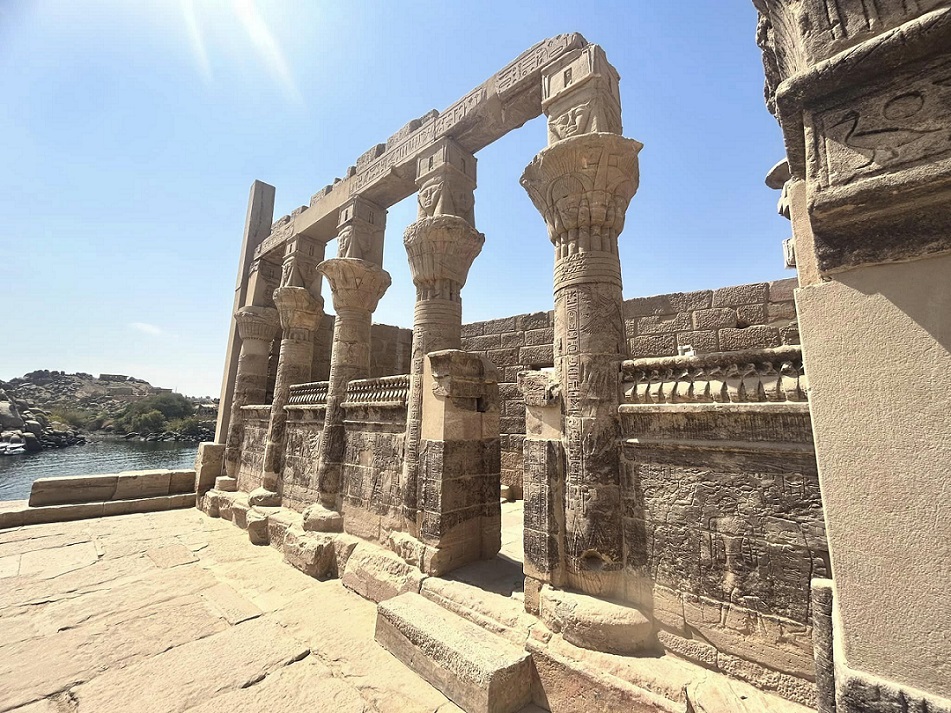
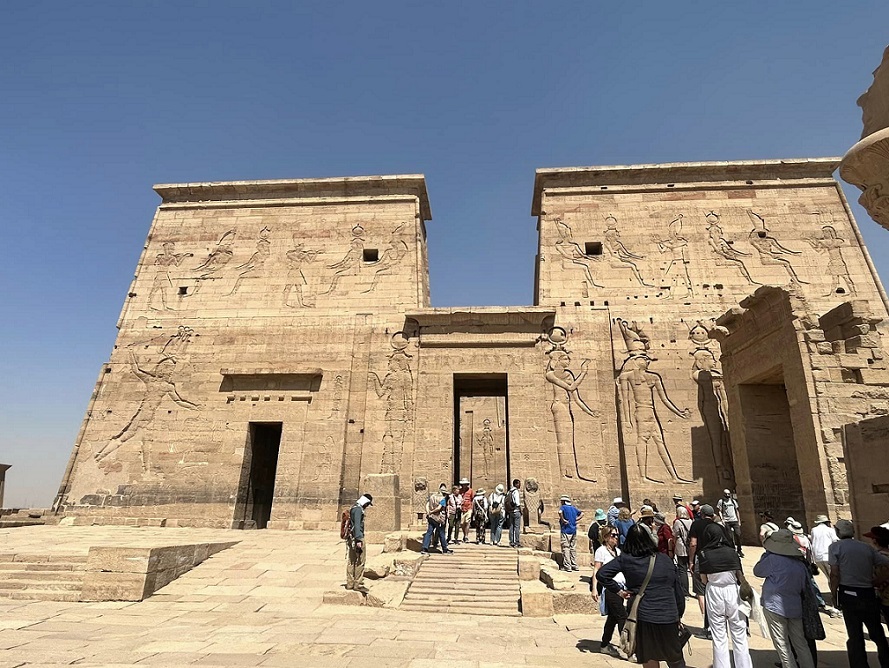
In Aswan, you can visit the Philae Temple. The Philae Temple is an ancient temple that was dedicated to the goddess Isis. It was originally located on an island in the Nile River but was moved to its current location when the Aswan High Dam was built. The temple is a beautiful example of ancient Egyptian architecture and is a must-see for anyone interested in the history of the Nile River.
Another popular attraction in Aswan is the Abu Simbel temples. The Abu Simbel temples are two ancient temples that were carved out of rock in the 13th century BC. They were built to honor the gods and goddesses of ancient Egypt and are considered one of the greatest examples of ancient Egyptian architecture. The temples were also relocated when the Aswan High Dam was built to prevent them from being flooded.
Exploring the Nile River is a journey through history and a chance to witness the origin of life in the desert. From the ancient temples of Luxor to the modern Aswan High Dam, the Nile River has played a significant role in the history and development of Egypt. A Nile River cruise is an excellent way to experience the river and learn about the culture and way of life of the people who live along its banks. You can also see firsthand the importance of the Nile River to the people of Egypt and how it has shaped their way of life.
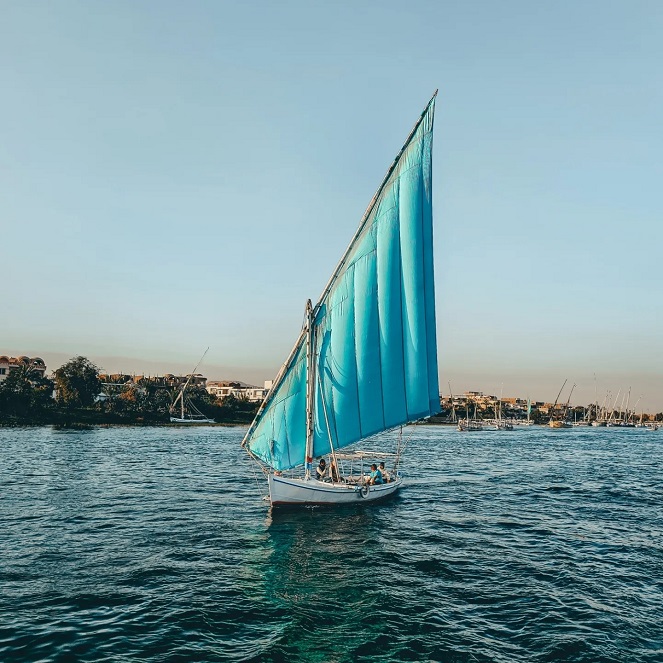
Aside from the historical and cultural significance, the Nile River is also a stunning natural wonder. The landscape surrounding the river is beautiful, with green fields and palm trees contrasting with the sandy desert. The Nile River itself is a majestic sight, with its calm and serene waters flowing steadily towards the sea.
During a Nile River cruise, you can also enjoy various activities such as visiting local markets, taking a hot air balloon ride over the Nile Valley, or even riding a camel through the desert. You can also try traditional Egyptian food such as falafel, koshari, and tahini, which are all delicious and unique.
Exploring the Nile River is an unforgettable experience that offers a glimpse into the ancient history and rich culture of Egypt. It is an opportunity to learn about the origin of life in the desert and the role that the Nile River has played in shaping the region’s history and culture. Whether you are interested in ancient history, culture, or natural beauty, a Nile River cruise is an adventure that should not be missed.

1 comment
Let’s see what will happen next